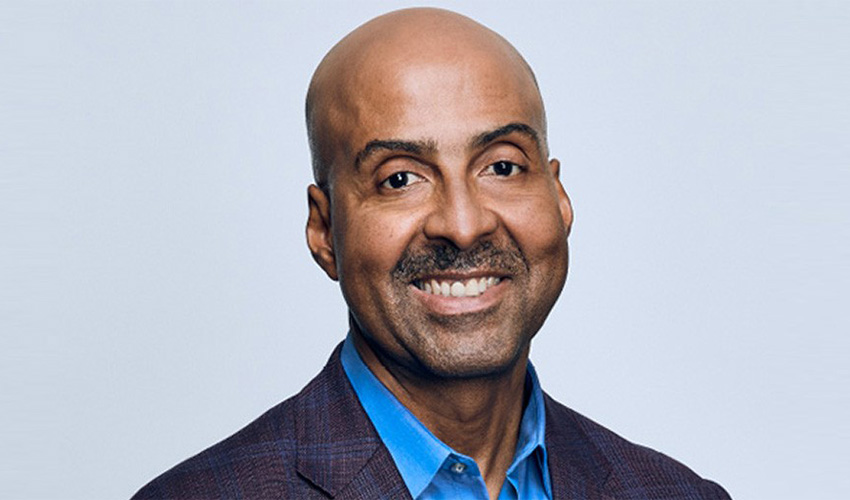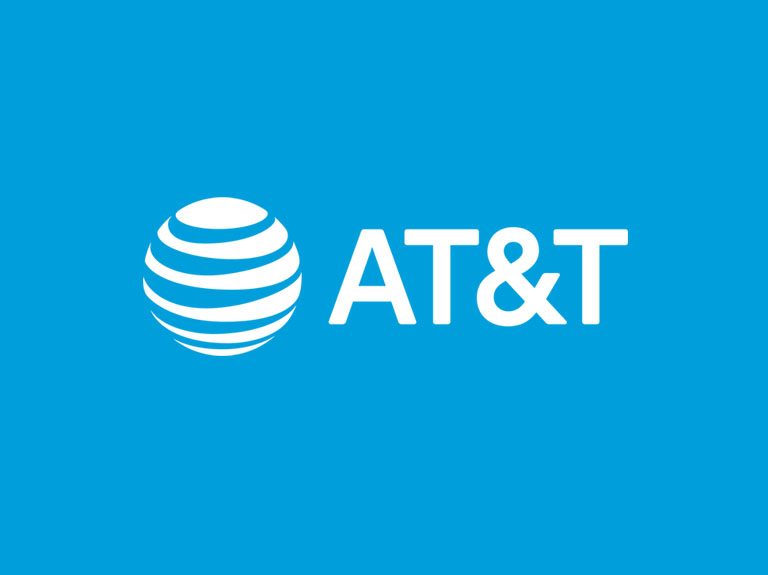
Key Takeaways:
- AT&T continues to execute well on its sustainable long-term growth strategy and remains on track to generate full-year free cash flow of better than $16 billion. The company expects third-quarter free cash flow in the $4.5-5.0 billion range.
- AT&T expects to deliver continued profitable 5G and fiber customers in the third quarter. Third quarter postpaid phone net adds are largely trending in line with the second quarter after you normalize for the one-time contract factor previously highlighted. In fiber, AT&T again is seeing a seasonal uptick despite the fact that industry trends continue to be impacted by lower than historical move activity.
- The company is well positioned for the future of converged connectivity as owner’s economics provide AT&T with a strategic advantage on both wireless and fiber. AT&T is annually one of the largest investors in America’s digital infrastructure and its 5G and fiber network builds are on track. AT&T remains committed to:
- Reaching 200 million people with 5G+ on mid-band spectrum by year-end 2023.
- Passing 30+ million consumer and business customer locations with fiber by the end of 2025.
Pascal Desroches, chief financial officer, AT&T* (NYSE:T) Inc., spoke today at the Bank of America Media, Communications & Entertainment Conference where he provided an update to shareholders. Desroches made the following key points:
The company’s strategy, with a focus on leading in connectivity, is working.
- Over the past three years, AT&T has repositioned around its strengths in 5G and fiber. Desroches stated that AT&T is benefitting from the continued and consistent execution of this strategy.
- Desroches also noted that continued higher postpaid average revenues per user (ARPU) and healthy wireless service revenue growth reflect the health of the company’s wireless operations.
- The company achieved this success over the last 3 years as it invested around $100 billion in capital investment and spectrum in America’s infrastructure, while also lowering net debt by approximately $20 billion.
AT&T’s 2023 full-year and 3Q free cash flow are on target.
- Desroches reiterated that he’s confident in the company’s full-year free cash flow guidance of better than $16 billion. Additionally, Desroches stated the company expects third-quarter free cash flow in the $4.5-5.0 billion range.
- As previously indicated, the primary factors supporting the company’s cash outlook are full-year 2023 adjusted EBITDA growth of 3+ percent, largely in-line capital investment and lower handset payments for full-year 2023 compared to 2022.
AT&T continues to grow durable relationships with high-quality 5G & fiber customers.
- AT&T expects to deliver continued profitable 5G and fiber customers in the third quarter.
- In wireless, Desroches said he expects to add postpaid phone customers to the base in the third quarter thanks to the company’s disciplined and sustainable go-to-market strategy even with the market experiencing continued normalizing in demand trends. This has allowed AT&T to grow service revenue at a faster rate than the industry.
- Desroches also noted that the impacts highlighted in the second quarter have resolved as expected. Third quarter postpaid phone net adds are largely trending in line with the second quarter after normalizing for a one-time impact of approximately 75,000 postpaid phone net adds.
- In fiber, AT&T again is seeing a seasonal uptick despite the fact industry trends continue to be impacted by lower than historical move activity. Where AT&T has fiber, it continues to win in both fiber and wireless.
- AT&T’s opportunity for fiber continues to expand due to better-than-expected AT&T Fiber penetration rates compared to builds in the company’s first markets. The company’s return case for fiber investment is also supported by higher ARPUs, longer customer lifecycles, quality of service and fiber product longevity.
- As consumers continue to embrace convergence, AT&T has a competitive advantage in that it owns and operates both its scaled wireless and fiber networks. Unlike others in the industry, when AT&T adds converged subscribers, it realizes economic benefit from both wireless and fiber.
AT&T is investing in the future of America’s connectivity.
- AT&T is focused on becoming America’s best connectivity provider and remains on track with all of its 5G and fiber network expansion commitments. AT&T’s connectivity toolkit includes multiple technologies, including 5G, fiber and our fixed wireless access product – AT&T Internet Air – which is now available in parts of 20 markets.
- The company is making progress on its mission of giving more Americans access to super-fast, reliable, high-capacity fiber service, which it is pursuing through a three-pronged approach:
- AT&T is already the nation’s largest fiber internet provider, passing 25 million consumer and business fiber locations.1 The company remains committed to its goal to pass 30+ million consumer and business customer locations with fiber in its traditional service area by the end of 2025.
- It is simultaneously pursuing additional fiber opportunities outside its traditional service area via the Gigapower joint venture with BlackRock.
- And it has opportunities to further expand the availability of fiber with government funding, both inside and outside its traditional service areas, through the more than $40 billion available via the Broadband Equity Access and Deployment (BEAD) Program.
- In wireless, the company continues to advance its network to stay ahead of booming customer demand. Over the last three years, the AT&T network has seen an annual 30% increase2 in traffic. AT&T’s nationwide 5G network reaches about 290 million people, including more than 175 million people with 5G+ delivered over midband 5G spectrum (including C-Band).1 It expects to deploy 5G+ to 200 million people by year-end 2023, further enhancing coverage on the largest wireless network in North America.
The webcast of Desroches’ conversation is available for replay at AT&T Investor Relations.
Read more Investor Relations news

